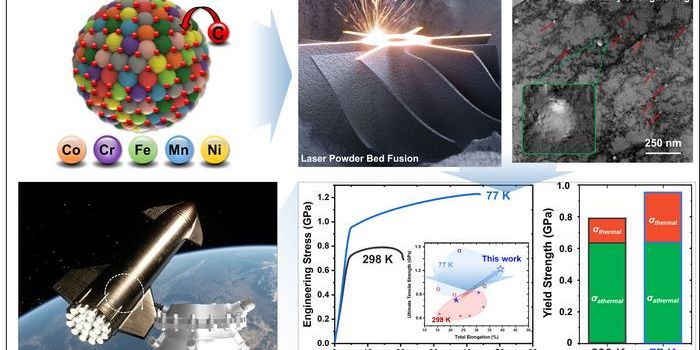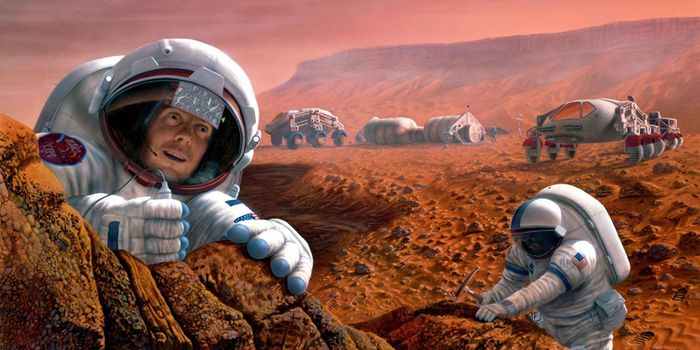What Are NASA's 'Great Observatories?'
NASA recently retired its Spitzer Space Telescope, one of four specialized space-based observatories that together made up the American Space Agency’s ‘Great Observatories.’ But just what were the Great Observatories? If you don’t know the answer, then you’ve come to the right place!
Right off the bat, it should be noted that there’s plenty going on out there we can’t see with the visible light spectrum alone. For that reason, NASA launched the Great Observatories, with each one sporting the capability to image the cosmos in a different light.
Since we let one cat out of the bag already, we’ll kick things off with the Spitzer Space Telescope. It was a space telescope that used infrared light as its primary means of observing distant objects. Infrared light is particularly useful for peering through dusty and gaseous debris, enabling astronomers to see much further into those colorful nebulae that you’ve undoubtedly discerned in images.
Another of NASA’s Great Observatories is the well-known Hubble Space Telescope, which is still in use today. Hubble views the universe in both ultraviolet and visible light, which provides astronomers some of the truest color views of distant objects possible.
A third Great Observatory is the Chandra X-Ray Observatory, which much like the name implies, utilizes the power of X-rays to image the universe. This telescope is sensitive to distant objects that give off X-rays, and it enables astronomers to study them. Earth’s atmosphere absorbs most X-rays from space, so it isn’t possible to do what Chandra can do from Earth’s surface, and that’s what makes this a valuable observatory even today.
The last of the Great Observatories was the Compton Gamma Ray Observatory, and as you might’ve already gathered, Compton observed objects that emitted Gamma Rays as opposed to any of the other light types, such as Gamma Ray Bursts (GRBs). Unfortunately, Compton didn’t last as long as the other Great Observatories.
Soon, NASA’s James Webb Space Telescope will launch to pick up where Spitzer left off. It sports a primary mirror larger than Hubble’s and its infrared capabilities are the best of any spacecraft ever built. It ought to be interesting to see what astronomers will find with it.








